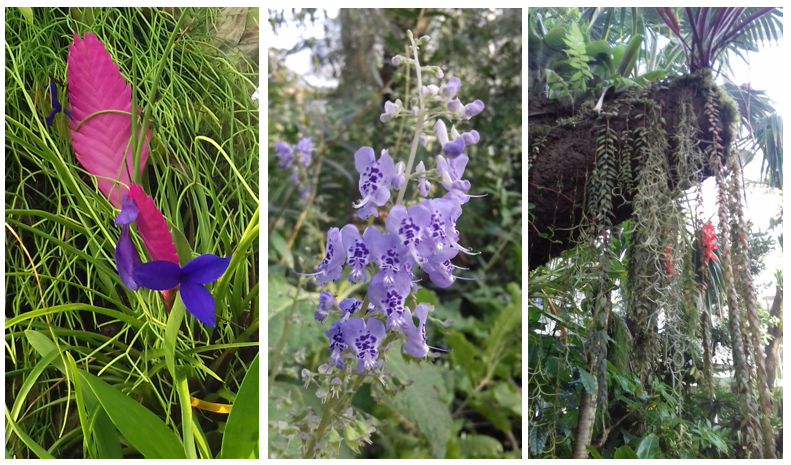Ants generally get a bad press. They spoil food, encourage aphids on plants, they bite, some of them sting, some even smell. When there’s lots of them in a swarm they can be scary, too, with all those little legs rustling around at high speed. The first question I’m always asked is “How can we get rid of ’em?”
The answer is that you can’t. Ants are the most numerous insects on Earth, and if you should succeed in removing them from one place there are thousands more to move in and take their place. It’s far more rewarding, in fact, to get interested in them, because not only are they the most numerous insects, they’re also the most fascinating.
Ants are social animals and they live in colonies where they organise themselves in many ways that superficially resemble human society. Ants feed and care for their young; ants cooperate to find food and bring it home; ants ‘farm’ other insects and ‘milk’ them for nutritious juices; ants care for and nurse their sick and injured comrades. Ants build their own castles from leaves or sticks or tiny bits of plant litter; they build ‘stables’ for their livestock; they excavate and turn over more soil than earthworms. They keep pets and they employ servants. Some of them grow their own crops for food; others employ living ‘nutcrackers’ to crack open seeds. They build road-like tracks across the sand and through leaf litter; they form living rafts and sail across lakes and rivers. And, in their most human-like behaviour of all, they make vicious war upon their own kind.
There are about 25 000 species of ants in world, about 1000 of them in South Africa. Some are minute and hardly visible without magnification, while others are amongst the largest ants in the world, up to a whopping 25 mm long. Some have different sizes in the same nest; others are all the same size. Ants can be black, brown, red, orange, yellow, green, blue or even the most beautiful shimmering gold or silver – or they can be combinations of the above. They are never, ever white – so-called ‘white ants’ are really termites, related to cockroaches. Real ants are closely related to bees and wasps, occupying top spot on the insect ‘tree of life’. Most of them are completely harmless to humans, and those that are the most troublesome – the food spoilers in your kitchen, the aphid-bearers on your fruit trees – have been spread around our human living spaces by our own human commerce.
Ants are in fact one of the most fundamentally important vectors in a healthy ecosystem – and that means environmental health for us humans too. So next time they give you trouble stop and think about the good they do, consuming millions of even more troublesome goggas, like the larvae of fleas and flies; cleaning up dead insects and even small vertebrates; recycling plant and animal material back into the soil. You don’t have to love ’em, but if you stop and look at them they’ll give you endless interest.
– Peter Slingsby





















